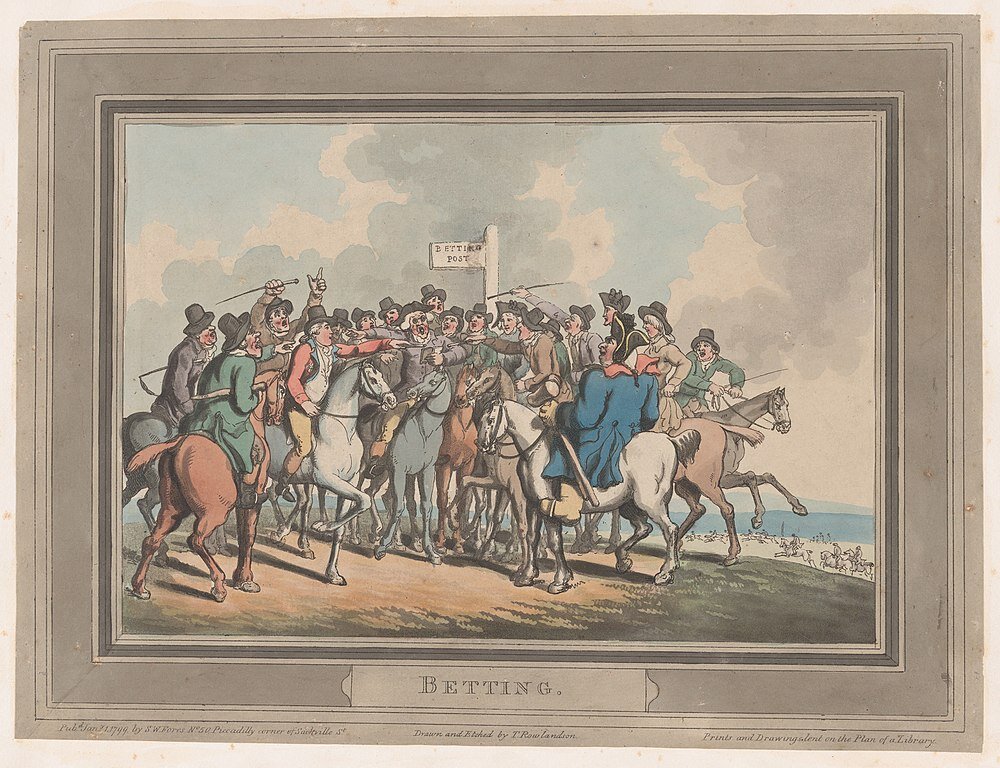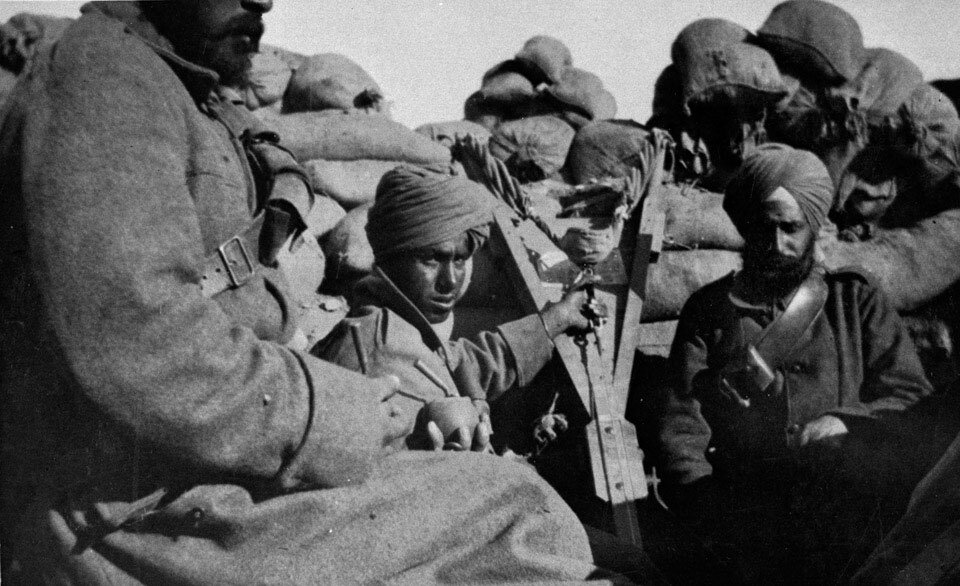13 September 2021
California is a creation of Spanish, Mexican, and American settler-colonists, and therefore, despite having a significant Indigenous population, there is no Indigenous name that corresponds to the region as we know it today. But the name California does come out of two very different colonial contexts, the Umayyad conquest of the Iberian Peninsula in the eighth century and the literary genre of medieval romance, which looked to the east as a place to be conquered and idolized during the Crusades and through Orientalist fantasies.
The origin of the name California was a mystery for some time until the 1870s, when Edward Everett Hale rediscovered where it came from. The origin is in a literary work, famous in its day, but long since forgotten by most, the Spanish Las Sergas de Esplandián by Garci Rodríguez de Montalvo. It was written sometime before 1505, the year of Montalvo’s death, and published posthumously. It is the fifth book in a series of medieval romances. In the first three volumes Montalvo assembled, organized, and translated a number of traditional Portuguese romances about a knight named Amadis of Gaul. The fourth volume was also about Amadis but was an original work by Montalvo. The fifth book is also original to Montalvo, but features Esplandián, Amadis’s eldest son as the main character.
In this fifth book, California is an island off the coast of Asia populated by Black Amazons and ruled by a queen named Califre:
Sabed que ala diestra mano delas Yndias ouo vna Ysla llamada California mucho llegada ala parte del parayso terrenal la qual sue poblada de mugeres negras sin que algun varon entre ellas ouiesse: qui casi como las amazonas era su estilo de biuir.
Hale translated this passage as:
Know that, on the right hand of the Indies, there is an island called California, very near to the Terrestrial Paradise, which was peopled with black women, without any men among them, because they were accustomed to live after the fashion of Amazons.
Where Montalvo got the name is a matter of speculation, but he likely took it from the Spanish califa (caliph), which is from the Arabic خليفة or khalîf (literally, successor, i.e., to Muhammad). Hence the connection to the Arab conquest of the Iberian Peninsula, and the subject of the book being rife with Orientalist themes.
While popular in its day, the book faded from memory. It is perhaps best remembered as the first book to be burned when Don Quixote’s household destroys his library of medieval romances, believing those to be the cause of his delusions. From Cervantes’s novel:
“No,” said the niece, “there’s no reason to pardon any of them, because they all have been harmful; we ought to toss them out the windows into the courtyard, and make a pile of them and set them on fire; or better yet, take them to the corral and light the fire there, where the smoke won’t bother anybody.”
The housekeeper agreed, so great was the desire of the two women to see the death of those innocents; but the priest was not in favor of doing that without even reading the titles first. And the first one that Master Nicolás handed him was The Four Books of Amadís of Gaul, and the priest said:
“This one seems to be a mystery, because I have heard that this was the first book of chivalry printed in Spain, and all the rest found their origin and inspiration here, so it seems to me that as the proponent of the doctrine of so harmful a sect, we should, without any excuses, condemn it to the flames.”
“No, Señor,” said the barber, “for I’ve also heard that it is the best of all the of this kind ever written, and as a unique example of the art, it should be pardoned.”
“That’s true,” said the priest, “and so we’ll spare its life for now. Let’s see the one next to it.”
“It is,” said the barber, “the Exploits of Esplandián, who was the legitimate son of Amadís of Gaul.”
“In truth,” said the priest, “the mercy shown the father will not help the son. Take it, Señora Housekeeper, open the window, throw it into the corral, and let it be the beginning of the pile that will fuel the fire we shall set.”
The housekeeper was very happy to do as he asked, and the good Esplandián went flying into the corral, waiting with all the patience in the world for the fire that threatened him.
As to the non-fictional California, the name was allegedly bestowed on the “island” we know call Baja California (actually a peninsula) by Hernán Cortés, although Cortés never visited the territory and documentation for his naming it is lacking. The first European to actually visit what is now Baja California was Francisco de Ulloa in 1539, who also determined it was a peninsula and not an island. A few years later in 1542, Juan Cabrillo mapped the coast of Alto California, the present-day U.S. state. Francis Drake explored the coastline further in 1579, naming it Nova Albion (New England); that name did not stick.
The name California starts appearing in English writing by 1587. From a translation of René Goulaine de Laudonnière’s A Notable Historie Containing Foure Voyages:
Now if the greatnes of the maine of Virginea, and the large extension thereof, especially to the West, should make you thinke that the subduing of it, were a matter of more difficultie then the conquest of Irelande, first I answere, that, as the fresh experience of that happie and singuler skilfull pilotte and Captaine M. Iohn Dauis to the northwest (towarde which his discouerie your selfe haue thrise contributed with the forwardest) hath shewed a great part to bee maine Sea, where before was thought to bee mayne lande, so for my part I am fully perswaded by Orielius late reformation of Culuacan and the gulfe of California that the land on the backe part of Virginea extendeth nothing so farre westward as is put downe in the mappes of those partes.
Both Alto and Baja California passed from Spain to Mexico in 1821, and the United States acquired Alto California (i.e., the present-day states of California, Nevada, and Utah, as well as parts of Arizona, Wyoming, Colorado, and New Mexico) in 1848 as a result of the Mexican-American War. What is now the state of California was admitted to the Union in 1850 following the discovery of gold there in 1848.
Sources:
Cervantes, Miguel, de. Don Quixote. Edith Grossman, trans. New York: HarperCollins, 2003, First Part, Chapter 6, 46.
Everett-Heath, John. Concise Oxford Dictionary of World Place Names, sixth ed. Oxford: Oxford UP, 2020. Oxfordreference.com.
Hale, Edward Everett. “The Queen of California.” His Level Best, and Other Stories. Boston: Roberts Brothers, 1872, 238. Google Books.
Laudonnière, René Goulaine de. A Notable Historie Containing Foure Voyages Made by Certayne French Captaynes vnto Florida. London: Thomas Dawson, 1587, 7. Early English Books Online (EEBO).
Montalvo, Garci Rodriguez de. Las Sergas de Esplandian. 1526. Chapter 157, fol. 108v. Google Books.
Image credit: Hondius, Jodocus. Vera Totius Expeditionis Nauticae: Descriptio D. Franc. Draci, c.1595. Library of Congress. Public domain image.





